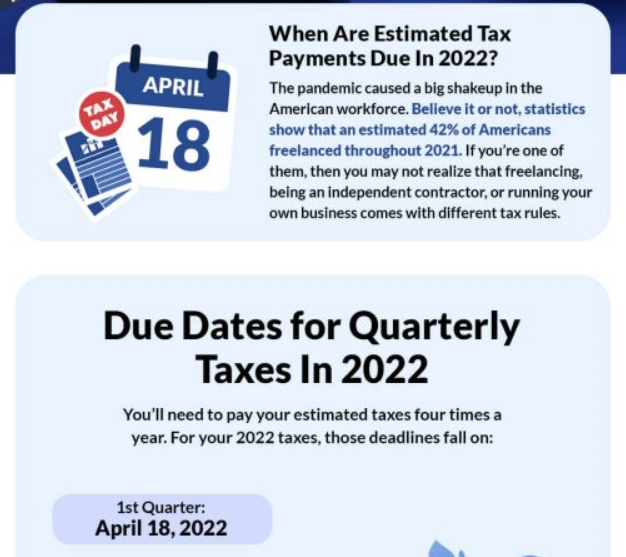 Every year, about 17 million new cars are sold by dealerships and 6-7 million homes are sold by homeowners. If you’re hoping to join those statistics by buying a home or car soon, you’ll need to verify your income first, especially if you want a good loan or mortgage rate.
Every year, about 17 million new cars are sold by dealerships and 6-7 million homes are sold by homeowners. If you’re hoping to join those statistics by buying a home or car soon, you’ll need to verify your income first, especially if you want a good loan or mortgage rate.
One of the best ways to do this is by filling out an IRS Form 4506-T to request an official tax return transcript, which will show potential lenders that you can afford the payments.
If you’re wondering, What is a 4506-T form, anyway? and want to know how to fill it out, keep reading.
What Is a 4506-T Form?
The IRS uses Form 4506-T to request an official IRS tax transcript. You can get a transcript online or have it mailed to you. The information on the transcript has been changed so that some personal information is not shown—this is to protect people from criminals who might try to steal their information.
Here is what will be visible:
- The last four digits of your SSN or EIN.
- The last four digits of the account phone number.
- The first four characters of the first name and the first four characters of the last name.
- The first four characters of any name on the business name line.
- The first six characters of the street address.
- All money amounts (wages, income, interest, balance due, penalties).
Only individual taxpayers can request their own transcripts.
What is a 4506 T Form Used For?
The 4506-T form is used to prove your income. You might need it when applying for an auto loan or a mortgage for a home. Taxpayers might also use this form while seeking financial aid for college or if they’re struggling to resolve tax problems with the IRS.
How to Fill Out Tax Form 4506-T
Form 4506-T is the form you need to request a transcript of your tax return from the IRS.
To fill it out:
- In Section 1, write your name, Social Security number, and address.
- In Section 6, write “1040” in the box and check the box at the end of line 6a.
- On Line 9, write out the last calendar day of the tax year you’re requesting.
- Check the box above the signature line and place your phone number in the proper box.
- Sign and date the form.
Tax Return Transcript
Once you have completed your form, you can submit it online on the IRS platform or through the mail. If you choose to mail your form, remember that it will take at least an additional week or two to process your request and receive your tax return transcript.
Do you need help filling out your form? Are you requesting transcripts for more than one year? Have you fallen behind with your tax obligations? If you are looking into your tax return transcripts to identify how much money you owe the IRS, it might be a good idea to start researching tax relief solutions that can help you manage your debt.
How Long Does it Take to Receive a Tax Transcript?
Remember that all of these time estimates may take longer in 2022. In the past few years, the IRS has struggled because they’ve had more work to do—they’ve had their normal tax responsibilities on top of sending out stimulus checks and advanced tax credits, too.
If you think the IRS is taking too long or need more help than you’re getting, try our tax help resources.
Do You Need Help With Your IRS Form 4506-T?
The IRS Form 4506-T will help you get a copy of your official tax transcripts. Once you have this document, you can use it to secure a loan, establish a mortgage, or prove your income to other potential lenders. Now you should know where to find this form, how to fill it out, and how long it will take to get your IRS tax return transcript from the IRS.
Do you need additional help with your tax forms? Are you unsure if you’ve even filed your taxes for the years you need transcripts for? If you’ve neglected your taxes for some time, then you might want the help of a tax expert. Contact us to get the help you need.



 Most of us don’t want to pay taxes—the good news is that most of us don’t have to on Tax Day. Recent statistics show that only about
Most of us don’t want to pay taxes—the good news is that most of us don’t have to on Tax Day. Recent statistics show that only about
 Are you a notoriously late tax filer? Have you fallen behind on your taxes for more than a few years? If so, then you’re in good company. Experts suggest that about
Are you a notoriously late tax filer? Have you fallen behind on your taxes for more than a few years? If so, then you’re in good company. Experts suggest that about
 Over 11 million Americans currently owe a collective
Over 11 million Americans currently owe a collective 
 Almost half
Almost half 


 For
For 
 Before the pandemic, almost
Before the pandemic, almost 
 Recently, worldwide headlines reported on the arrest of John McAfee, an American tech expert, who was hiding out in Spain after committing severe tax evasion in the U.S. According to the
Recently, worldwide headlines reported on the arrest of John McAfee, an American tech expert, who was hiding out in Spain after committing severe tax evasion in the U.S. According to the
 In the wake of the coronavirus pandemic, about
In the wake of the coronavirus pandemic, about